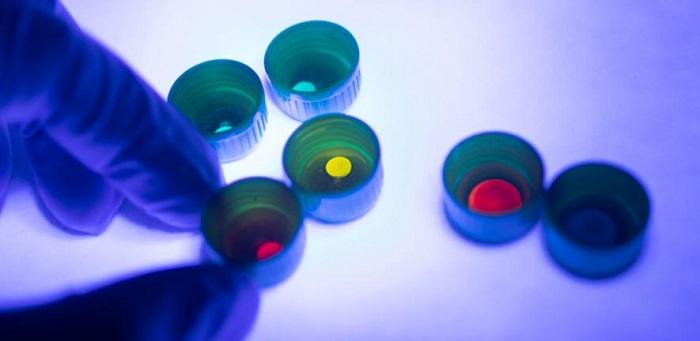The international team of researchers has developed technology for next-generation composite glass, for use in lighting LEDs, smartphones, TVs and computer screens.
The materials are based on materials called lead-halide perovskites, which can trap light and store energy, like miniature solar panels.
The results, published in the journal Science, could enable the manufacture of glass screens that are less prone to cracking, but also deliver crystal clear image quality.
The results are a step forward in perovskite nanocrystal technology as previously, researchers were only able to produce this technology in the bone-dry atmosphere of a laboratory setting.
“These nanocrystals are extremely sensitive to light, heat, air and water – even water vapour in our air would kill the current devices in a matter of minutes,” said Dr Jingwei Hou from the University of Queensland (UQ), the paper’s first author.
The team of chemical engineers and material scientists has developed a process to wrap or bind the nanocrystals in porous glass. This process is key to stabilising the materials, enhancing their efficiency and preventing the toxic lead ions from leaching out from the materials.
“It was surprising to see the retention of the high temperature functional form in the glass,” said co-senior author Dr Thomas Bennett from Cambridge’s Department of Materials Science and Metallurgy. “This is an example of how fundamental science leads to fantastic discoveries and a possible real-life application of metal-organic framework glasses.”
The researchers say the technology is scalable and opens the door for many potential applications.
Image: Luminating composite glass
Credit: The University of Queensland
Reproduced courtesy of the University of Cambridge
